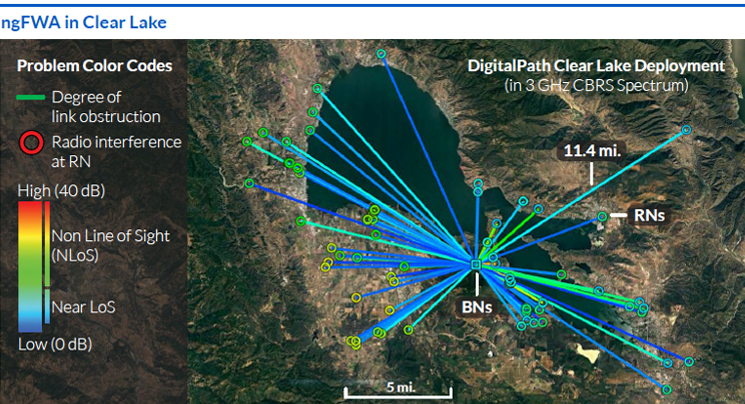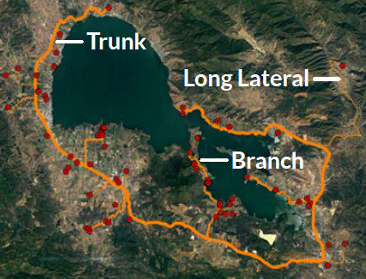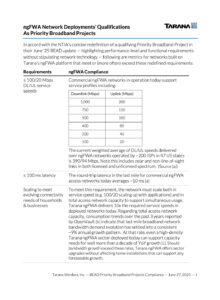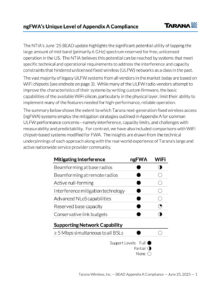BEAD
The New Way to Win BEAD: ngFWA
New BEAD Rules Require a New Approach
G1 is Fulfilling ngFWA’s Promise Across the US and the World
Our quickly-expanding partnerships with ISPs both in the US and beyond over the past three years have yielded compelling evidence of the step-function improvements in broadband performance and network economics our ngFWA platform (G1) can deliver — well beyond the capabilities of both licensed and unlicensed legacy FWA solutions. G1’s unique combination of fiber-class performance — even in the face of interference and obstructions — along with the lean deployment economics of macro-cellular wireless is proving to be a winning combination for initiatives in both mainstream broadband markets as well as digital-divide projects.
An Illustrative G1 Case Study: DigitalPath’s Deployment Around California’s Clear Lake
As one excellent example of the unique real-world network performance and economics G1 ngFWA deployments can achieve in divide applications, we’d like to highlight briefly DigitalPath’s deployment in California’s Clear Lake area. With a CBRS (3 GHz) G1 deployment on a well-placed tower on the southwest edge of the lake, the network is covering 360 square miles of mostly lightly settled land around the lake. The average service speeds delivered are 500 Mbps DL / 132 UL (265/66 minimum), at an average of 5.5 miles from the tower.

For comparison, we modeled an aerial fiber deployment to serve the same 76 locations, with a trunk along the main roads that circle the lake, a small number of branches to reach clusters of locations not close to the trunk, and laterals to the locations from there (as at right). Reaching all 76 locations would require approximately 110 miles of fiber. Using common industry benchmarks for deployment costs and timelines, the comparison with the DigitalPath ngFWA deployment is striking:
Notes: [a] Fiber project cost based on rural aerial fiber deployment median cost ($5.00/foot) from the Fiber BroadbandAssociation’s recently issued Fiber Deployment Annual Report 2023. ngFWA costs are DigitalPath’s actuals. [b] Timing depends on installation crew availability. Fiber costs would be ~2x higher and deployment timelines ~3x longer if trenched.


